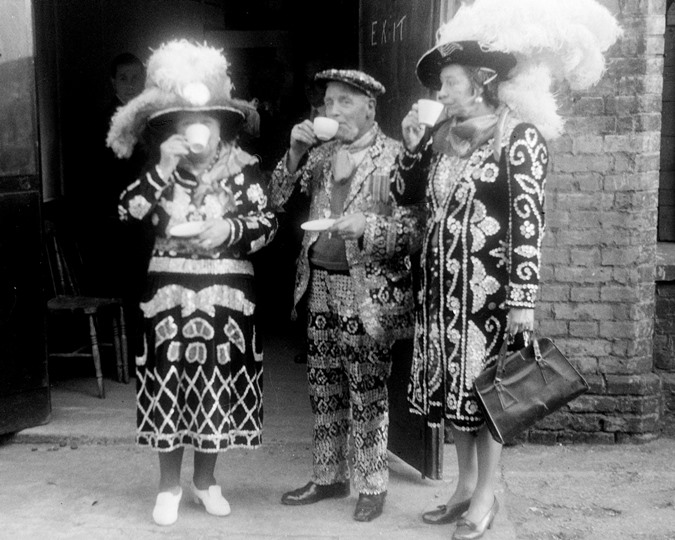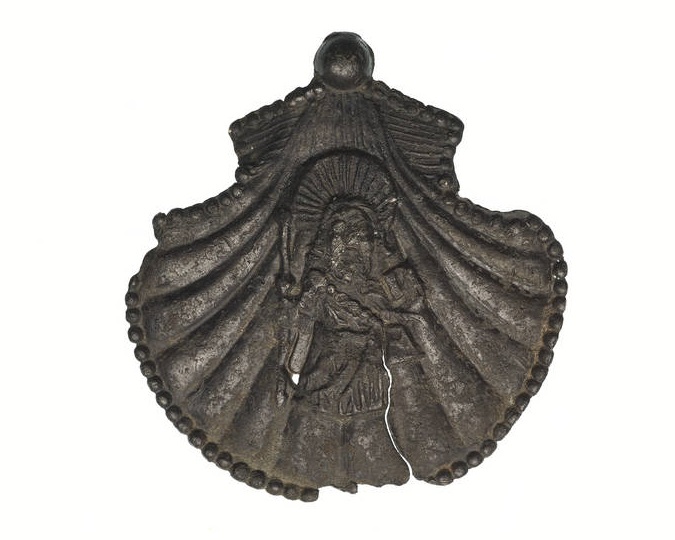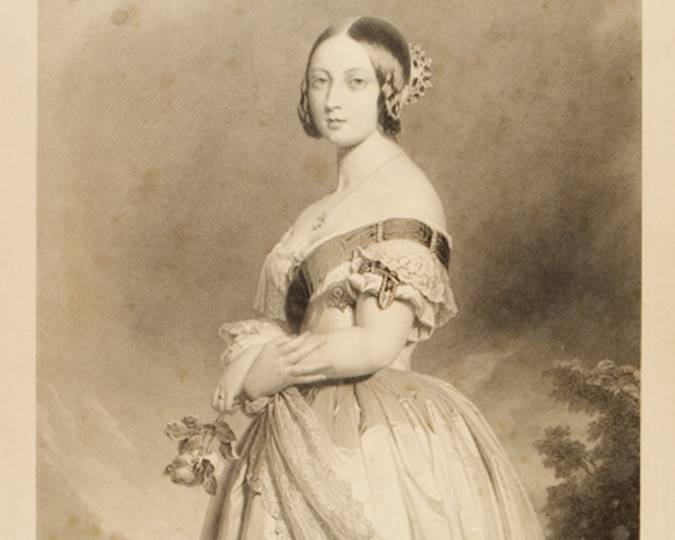Royal London Hospital
Archaeological excavations to the rear of the Royal London Hospital – founded in 1740 and ‘Royal’ since its 250th anniversary in 1990 – were carried out in 2006 by Museum of London Archaeology (MOLA) and revealed evidence of the provisions for the burial of unclaimed patients between c.1825 and 1841.
The buried sample was divided into articulated individuals, dissected body portions and disarticulated bones. Articulated individuals and body portions were recorded to the WORD database and disarticulated bones to an Excel spreadsheet. The written record was supported with extensive photography and with diagrams which show the location of saw and cut marks on the remains. Disarticulated bone was catalogued by element (loose teeth were omitted), with each row of data representing a set of associated elements. Further details can be found in Fowler and Powers (2013) and the MOL method statement (Powers 2008).
The unusual nature of the human remains from the site necessitated the generation of additional numbers during post-excavation analysis through the addition of a numerical suffix; where portions of different individuals were found within the same deposit (context): thus the primary inhumation from within a grave would be numbered [100] and additional portions from within that same grave became [10001], [10002], [10003] and so forth.
Fowler, L. and Powers, N. (eds.), 2013. Doctors dissection and resurrection men: excavations in the 19th-century burial ground of the London Hospital, 2006. Museum of London Monograph Series 62.
The human remains from this site were included in the Museum of London’s ‘Doctors, dissection and resurrection men’ exhibition (19/10/12-14/4/13) and a series of videos about the material and the exhibition can be found on the Museum of London’s Youtube channel:
http://www.youtube.com/playlist?list=PLcUgvdvJPCKdL1gXUoSAXDRy7UXYrqAef







